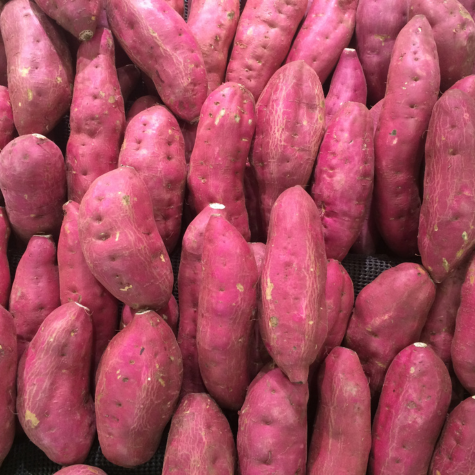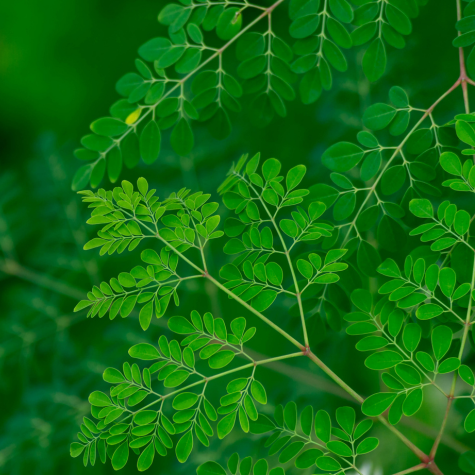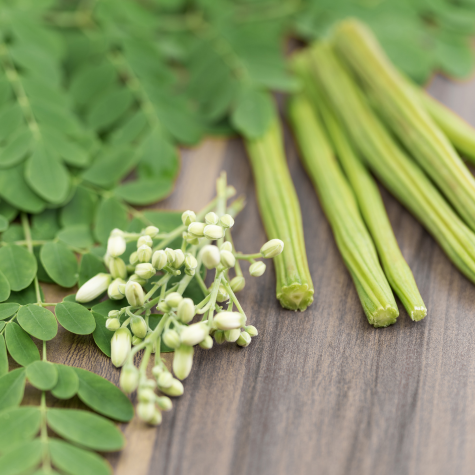Fresh Vegetables
Potato
Potatoes are one of the most widely consumed root vegetables in the world, known for their versatility in cooking and high nutritional value. They are rich in carbohydrates, primarily starch, and provide essential nutrients like vitamin C, potassium, and dietary fiber. Potatoes come in various shapes, sizes, and colors, including red, yellow, and purple varieties. They can be prepared in numerous ways, such as baking, boiling, frying, or mashing, making them a staple in many cuisines. Historically, potatoes were first domesticated in the Andes region of South America, and today, they are grown in a wide range of climates globally, serving as a key food source for both humans and livestock



Green chillies
Green chillies are a popular and essential ingredient in many cuisines around the world, known for their spicy and tangy flavor. They belong to the Capsicum species and are harvested when they are still unripe, which gives them their bright green color. Green chillies are packed with vitamins, particularly vitamin C, and contain capsaicin, a compound responsible for their heat. They are commonly used in both fresh and dried forms to add heat and flavor to dishes, such as curries, salsas, stir-fries, and pickles. Apart from their culinary uses, green chillies also have medicinal properties, helping with digestion and boosting metabolism



Onion
Onions are one of the most commonly used vegetables in kitchens worldwide, known for their distinctive pungent aroma and versatile flavor. They belong to the Allium family, which also includes garlic, leeks, and shallots. Onions come in various types, including white, red, and yellow, each offering its own flavor profile, with red onions being milder and sweeter, while yellow onions tend to be more robust and savory. When raw, onions have a sharp, tangy taste, but they become sweeter and more mellow when cooked. Rich in vitamins, especially vitamin C, and minerals like potassium, onions also contain antioxidants and compounds with potential health benefits, such as anti-inflammatory and heart-health properties. Onions are used in a wide range of dishes, from salads to soups, stir-fries, and sauces, making them a staple ingredient in global cuisines



Baby corn
Baby corn is a young, immature form of the corn (maize) plant, harvested before the kernels fully develop. It is typically picked when the ears are only a few inches long and still tender. Baby corn has a mild, slightly sweet flavor and a crunchy texture, making it a popular addition to stir-fries, salads, soups, and various Asian dishes. It is low in calories but high in essential nutrients like fiber, vitamins (particularly B vitamins), and minerals such as iron and magnesium. Because of its versatility and appealing texture, baby corn can be eaten raw or cooked, and is often used in both savory and pickled preparations. It is widely enjoyed in many parts of the world, particularly in Southeast Asia, and has become a common ingredient in international cuisines



Sweet potato
Sweet potatoes are a nutrient-dense root vegetable known for their naturally sweet flavor and vibrant orange color, although they can also come in purple, white, and yellow varieties. Unlike regular potatoes, sweet potatoes are high in beta-carotene, a precursor to vitamin A, and also provide a rich source of dietary fiber, vitamins (especially vitamin C), and minerals like potassium and manganese. They have a creamy, soft texture when cooked and can be prepared in a variety of ways, such as roasting, boiling, baking, or mashing. Sweet potatoes are incredibly versatile, often used in both savory and sweet dishes, from casseroles and soups to fries and pies. In addition to their delicious taste, sweet potatoes are known for their health benefits, including supporting immune function and promoting digestive health



Moringa
Moringa, also known as Moringa oleifera, is a highly nutritious tree native to parts of Africa and Asia. Often referred to as the “drumstick tree” or “miracle tree,” every part of the moringa plant — including the leaves, seeds, pods, and flowers — is edible and packed with beneficial nutrients. The leaves are particularly rich in vitamins (A, C, and several B vitamins), minerals (such as calcium, potassium, and iron), and antioxidants, which contribute to its many health benefits. Moringa is believed to support immune function, improve digestion, and promote healthy skin and hair. Its seeds contain oil known for its moisturizing and anti-inflammatory properties, while the pods (commonly called drumsticks) are often used in cooking, particularly in curries and soups. Moringa is increasingly used in powdered form as a supplement, thanks to its impressive nutritional profile



Contact us
Address
B-5, Shakti Nagar, Ward no. 1, Mandideep-462046, District- Raisen, Madhya Pradesh, India
Phone
+91 89892 10090
vmexim2@gmail.com
